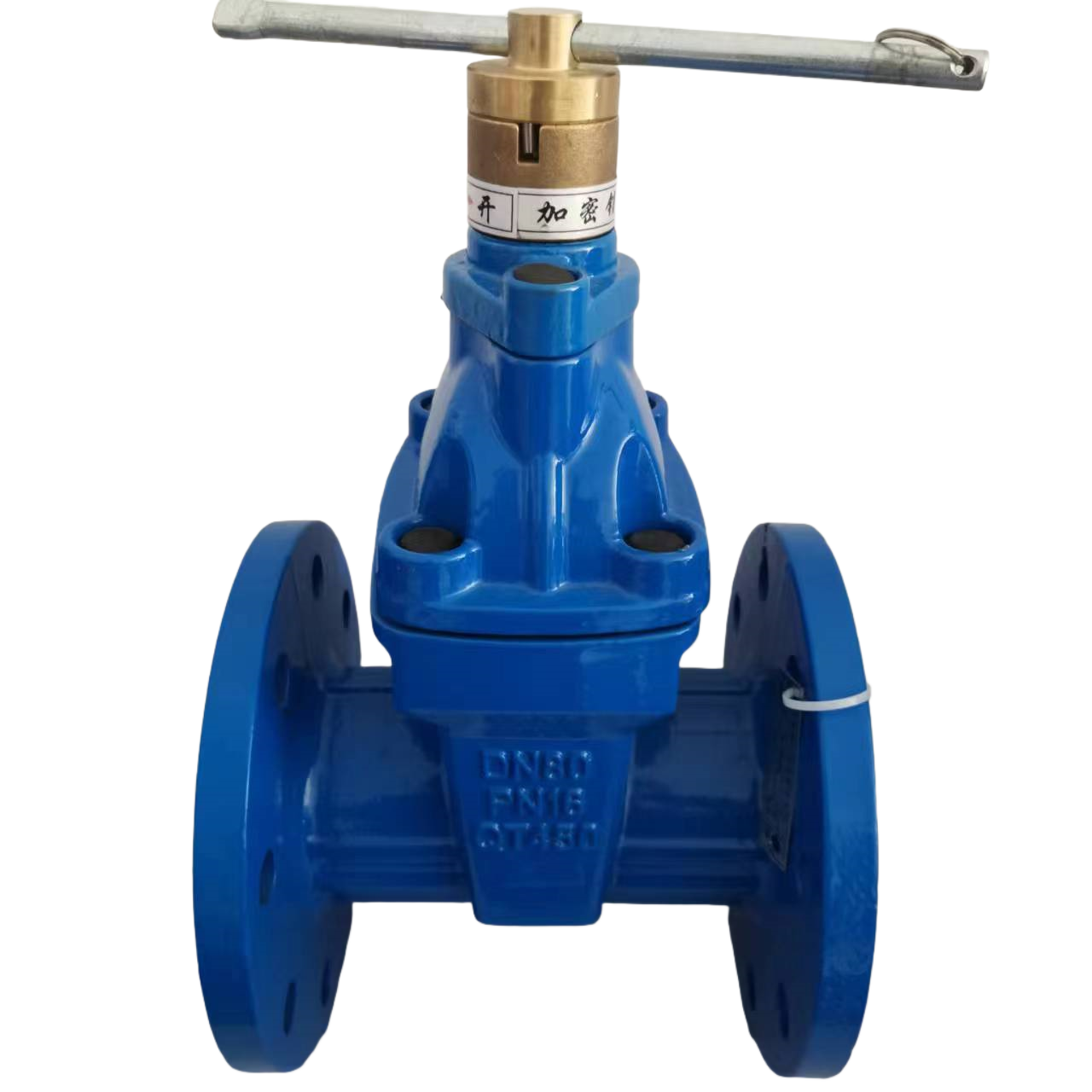What is the working principle of encrypted magnetic locking gate valve?
Release Time:
Aug 23,2025
The working principle of the encrypted locking gate valve is to add a set of mechanical locking devices that rely on specialized physical tools (mechanical keys or magnetic keys) to the opening and closing functions of ordinary gate valves. The operation permission is "encrypted" in a specific shape or magnetic code of a dedicated key, and only authorized personnel holding the correct key can unlock and operate the valve, thus achieving the core purpose of preventing illegal operations and safety management

Locking mechanism and "encryption" principle:
Core difference: The key to encrypted locking gate valves is that their valve stem tips or operating mechanisms are specially designed and cannot be operated using ordinary handwheels, wrenches, or general tools.
Locked state: After the valve is in the open or closed state, its operating part (usually the valve stem nut or lifting mechanism) will be fixed by a dedicated locking sleeve, locking cover, or internal locking pin. This fixing device prevents the valve stem from rotating or lifting.
Encryption "reflects that the design of this locking device is unique and non-standard. It requires a specific, unique, or specific model series of specialized tools (i.e. "encryption keys") to unlock. This is the meaning of "encryption" - the operational permissions are "encrypted" in a dedicated tool.
Magnetic locking: A magnetic locking pin (steel ball or steel column) is installed inside the valve (usually at the valve stem nut or lifting mechanism). In non operational state, the locking pin pops out under the action of spring or gravity, and clicks into the groove of the valve stem or valve cover, preventing the valve stem from rotating/lifting. A dedicated key is a tool with a specific arrangement and combination of strong magnets. When the correct magnetic key is close to the top of the valve cover, its magnetic field can accurately attract the internal magnetic locking pin to retract and unlock, and then the key itself can be used to rotate the valve stem for operation. After removing the key, the locking pin automatically pops out and the valve is locked again. This type may not have a clear operating interface on the surface, making it more covert and secure.
Operation process:
Magnetic locking type: A dedicated magnetic key with the correct magnetic pole arrangement is tightly attached to the operating area at the top of the valve. The magnetic field of the key lifts the internal magnetic locking pin, releasing the mechanical lock.
Operation: After the key is in place (and the lock is released), operate the valve stem up and down by rotating the key, just like operating a regular gate valve, to open or close the valve.





